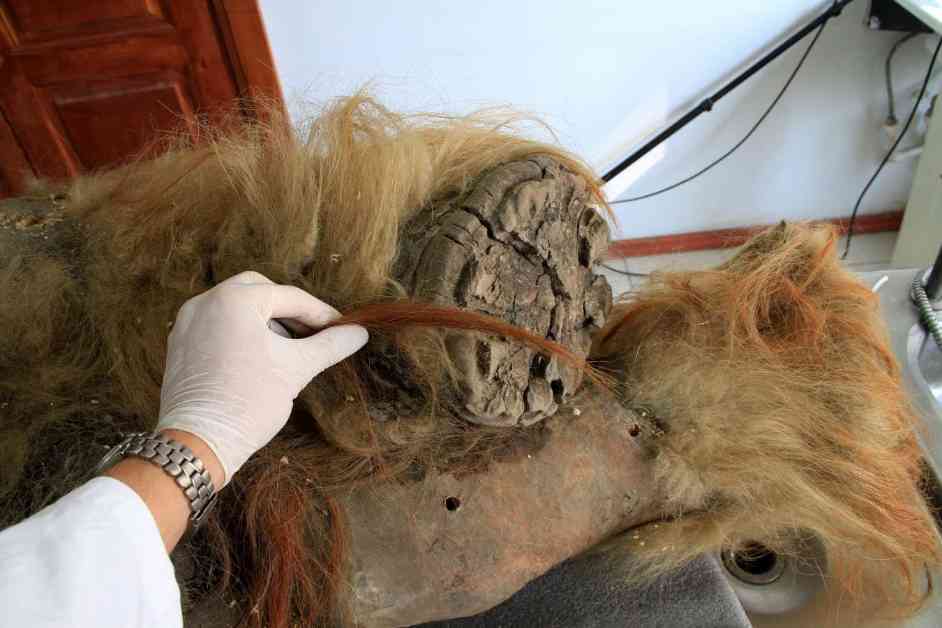In a recent groundbreaking discovery, scientists have managed to extract and analyze the preserved DNA of a 52,000-year-old woolly mammoth. This remarkable find has provided researchers with invaluable insights into the genetic makeup and behavior of these ancient creatures. The mammoth’s remains were found in a cave in Siberia, where they had been naturally freeze-dried, keeping the DNA in a glass-like state.
The team of scientists, led by Olga Dudchenko from Baylor College of Medicine in Texas, was able to sequence the mammoth’s DNA from a sample taken from behind its ear. To their surprise, the mammoth’s chromosomes were perfectly preserved, unlike anything seen in previous studies of ancient DNA. The researchers discovered that the mammoth had 28 pairs of chromosomes, the same number as Asian elephants, its closest living relative.
By studying the three-dimensional structure of the mammoth’s chromosomes, the researchers were able to identify active genes, such as those responsible for hair growth. This information could be crucial in efforts to de-extinct woolly mammoths, creating animals that closely resemble their ancient counterparts. Understanding the genetic differences between mammoths and elephants could help scientists recreate more realistic versions of these extinct creatures.
The exceptional preservation of the mammoth’s DNA is attributed to the unique conditions of the cave in Siberia, which provided a cold and dry environment that desiccated the animal. To test their theory, the researchers conducted experiments on fresh and freeze-dried beef liver, simulating the conditions that preserved the mammoth’s DNA. Even after being subjected to extreme conditions like being shot at and run over, the freeze-dried liver maintained its chromosome structure and preserved the DNA inside.
This discovery opens up new possibilities for studying ancient DNA and could have a significant impact on de-extinction efforts. By unraveling the genetic mysteries of woolly mammoths, scientists may be one step closer to bringing these majestic creatures back to life. The study highlights the importance of preservation methods in maintaining DNA integrity over thousands of years, shedding light on the remarkable world of ancient genetics.






